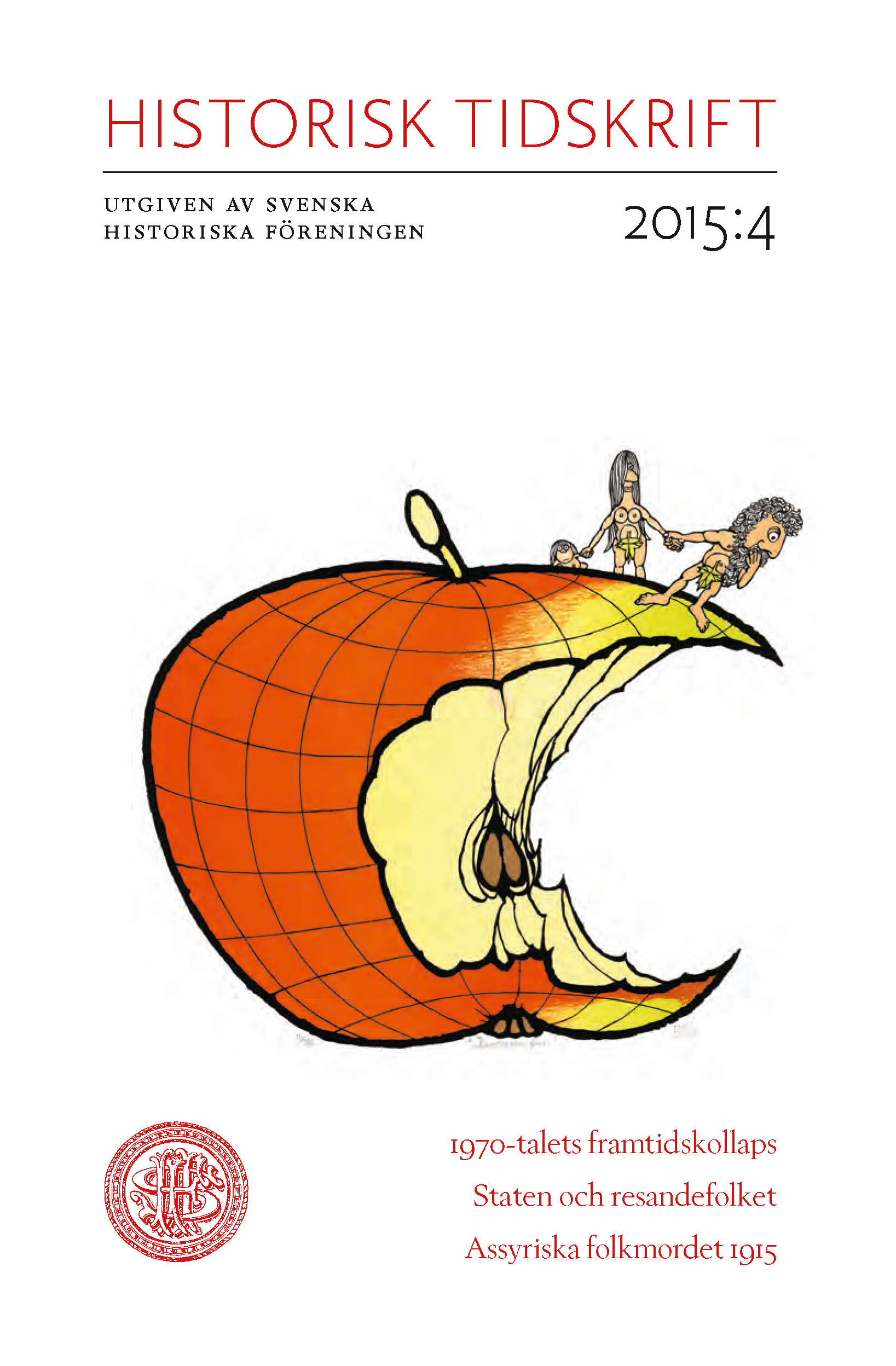Abstract
Resandefolket and Swedish minority politics: The paradigm shift of the 1990’s
Who are the Swedish travellers – known previously by the derogatory term ”tattare” and now as ”resandefolket”? This question has been asked many times throughout Swedish history. During the early twentieth century the group was conceived to be a degenerated race descendent from early-modern Roma immigration. In the post-war era, it was regarded as a socioeconomic group that emanated from the Swedish population. At the end of the century, the group was seen as part of the ethnic Roma minority that was recognized in the first official Swedish minority policy. This last paradigm shift has not been analyzed before and is the topic of this article. The question posed is how – and why – the Swedish government reached the conclusion that resandefolket were to be categorized as part of the Roma minority, when the academic expertise in the post-war era believed them to be of essentially Swedish descent.
In order to analyze this change of categorization that occurred in the 1990’s, the article makes an inquiry into the concept of ethnicity. The importance of the Norwegian anthropologist Fredrik Barth’s theory of how ethnic boundaries are maintained through social identification rather than culture is highlighted in relation to the case of resandefolket. The article argues that the Swedish government adhered to the importance of self-identification in its definition of an ethnic minority only formally. Ultimately, the government’s definition rested on objective criteria with language being used as the primary demarcation line between ethnic groups. Since a linguistic investigation had found resandefolket’s language to be related to romani chib, the group became recognized as a Roma group.
The article aims to go beyond the specific case of the changing categorizations of resandefolket. The findings are also used as a case study of the overall complexity that arises when modern nation-states define ethnic minorities.

